Paul Bursche explores the 18 year+ rewilding experiment unfolding on a farm in Sussex – and the book which tells its story
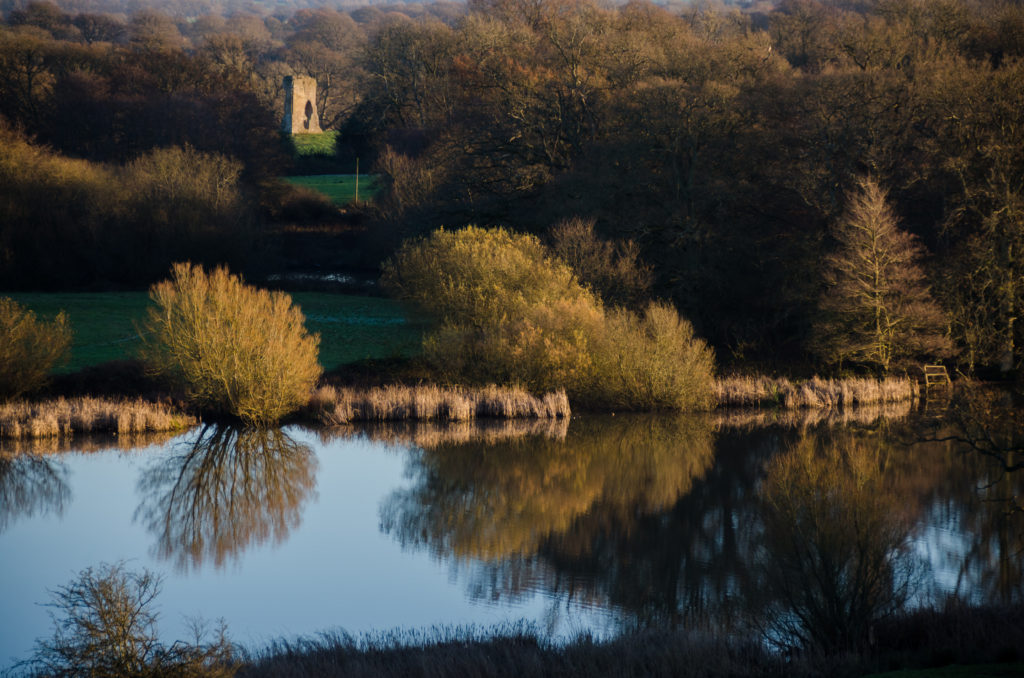
If you decide to visit Knepp, the epic rewilding project at the Knepp Estate in Sussex, this summer – and I would urge you to do so – it might just ruin the rest of our UK countryside for you. Because the returning of nature to this former failing farm is proving so bountiful, and so visible, and so audible, that it will make you realise how quiet and empty of nature so much of our farmed countryside actually is these days.
I’d found my way to Knepp via the book telling its story, Wilding, which is recently out in paperback. I have to admit I approached the book with no great enthusiasm. I was expecting some hippie-dippy, idyllic yarn of a nice couple taking on a farm and planting a few native plants, some kind of Durrell-esque account of farming life. I was wrong. Wilding is instead a cool-headed and painstaking account by co-owner Isabella Tree of one of the most audacious natural projects to take place in the UK in recent decades – the return to nature of a complete farming estate over nearly 20 years, and what that has meant for the people and animals, and the very land itself.
I wasn’t expecting to read about the sheer scale of the project – the largest of its kind to date on a farm in the UK. Nor about its boldness; the resentment from the local community, who felt a perfectly lovely farm estate was being ruined and the land left to waste, is only recently receding as the other benefits become more apparent. Nor reading something on virtually every page that turned long- held assumptions of mine about farming and wildlife conservation on their head. It is a truly remarkable read.
Knepp Castle Estate comprises 3500 acres in Sussex, a few miles south west of Gatwick Airport. Though farmed intensively since WW2, the farm had rarely made a profit, even with recent owners Charlie Burrell and Isabella Tree trying every modern method idea available, from investing in the latest machinery and pesticides to producing their own ice cream. Even though they doubled crop yields, their intrinsically “marginal” soil – heavy weald clay – was never going to allow them to produce high yields of crops.
In 1999, ancient oaks on their land were inspected by expert Ted Green who told the couple their ancient trees were failing because their intensive farming methods were harming their roots and destroying the subterranean mycorrhize – the fungal network so crucial to tree health. His visit, coming at a time when their farm business was also inexorably failing, proved to be an epiphany. They needed to try something different.
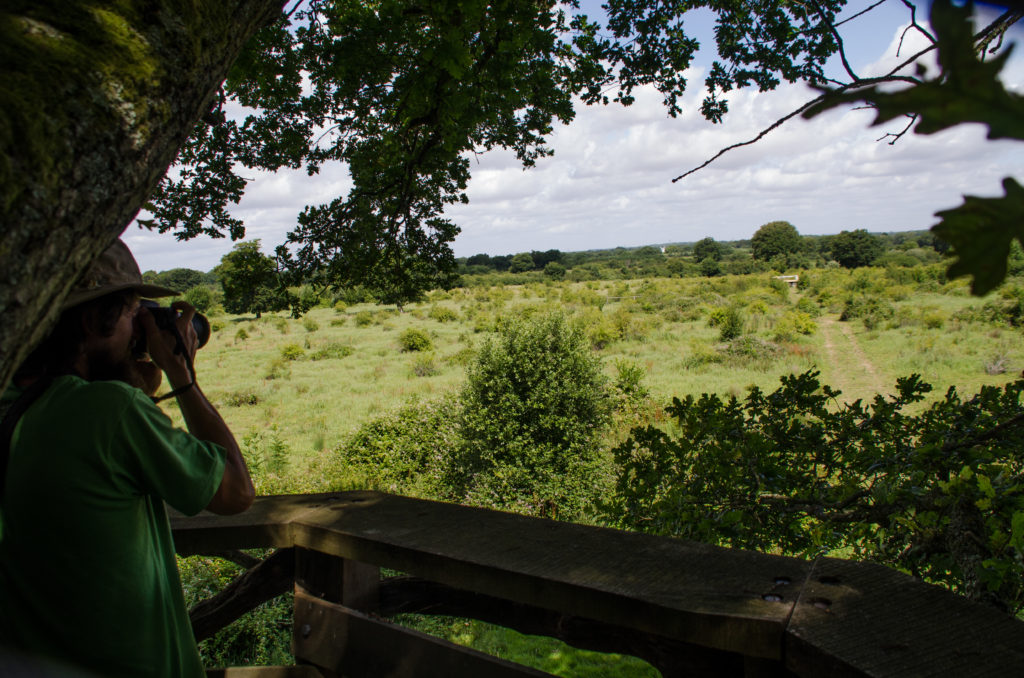
They were able to take advantage of an EU scheme to examine reversing the effects of intensive farming. Both were wildlife enthusiasts and Burrell had grown up in Africa – the idea of a natural land, an unconstrained land was something they could embrace. They shut the farm down, selling off their livestock and auctioning off their combine harvester, tractors and all the other farm machinery. They then sought to return the land to its natural state over the next few years and, inspired by a trip to the Dutch rewilding project at Oostvaarderplassen, began the next phase of the project, to allow free-grazing animals to create habitats and restore wildlife across the entire estate…
Nearly two decades in, the effects of the project are becoming more impressive with every year. There has been an explosion in the numbers and species of insects, birds and small mammals. The foraging of introduced Tamworth pigs, Old English longhorn cattle, Exmoor ponies, and Red, Fallow and Roe deer has helped create a new ecosystem in which native plants thrive and create further diversity. Thirteen bat species – including the rare Barbastelle and Bechstein’s – are now found at Knepp. Twenty-seven new moth species have been recorded – populations of rare Silver-Washed Fritillary butterflies have doubled.
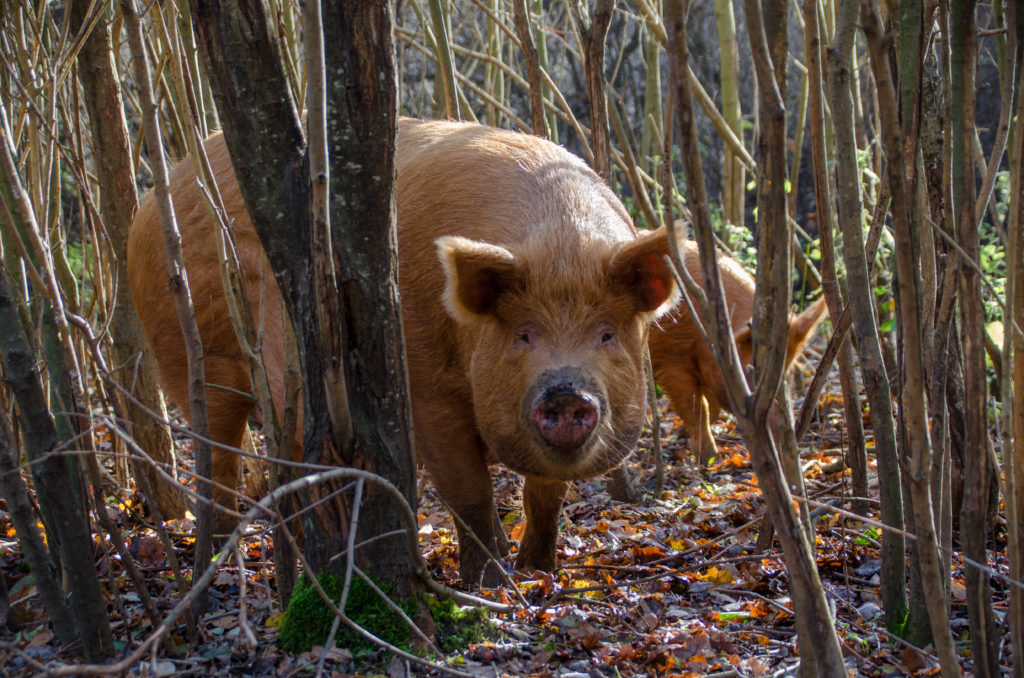
The rapidly disappearing Turtle Dove has nested here and Nightingales have returned in a density that is nationally significant. Four species of Owls have been recorded here, plus Kestrels, Buzzards – and a Peregrine family has nested recently.
Perhaps most significantly, the soil itself is showing signs of recovering from decades of destructive intensive chemical use – much faster than anyone was envisaging – with that having huge implications for future agriculture and even in the fight against climate change (with new science studies suggesting healthy soils absorb carbon).
And Knepp has become profitable. Its new system of animal husbandry is much cheaper than traditional means – with no expensive investments in machinery needed. The meat from its wild grazing, naturally foraging cattle is proving of higher quality than even Waygu beef. Former farm buildings and workers’ cottages are now leased to local businesses – and a recent glamping business is proving a huge hit, making as much profit from one field as used to come from a third of the entire estate. Accomodation ranges from pitching your own tent in the campsite, through to Bell Tents and Yurts, to the coveted Peregrine and Tawny Owl Treehouses for grown ups.
Their Safaris are justly popular. Through this summer you can join Bat and Moth night-time Safaris, or Bumblebee, Owl or Kingfisher Safaris. You can go on walking tours of Knepp’s famous Oak Trees or take a Half-Day trip around the Estate in an open-sided vehicle searching for those free-roaming “Big Six” – the pigs, cattle, three species of deer and ponies. In June and July there is a Purple Emperor Safari as Knepp has now become the largest breeding site in the UK for these spectacular and rare butterflies. These safaris are an amazing way of opening up to people just how rich a habitat this has become. And even if not camping or on Safari there are a host of pathways and rights-of-way that intersect Knepp. I think the best thing you can do is just take a walk and lose yourself for a while in this new wilderness.
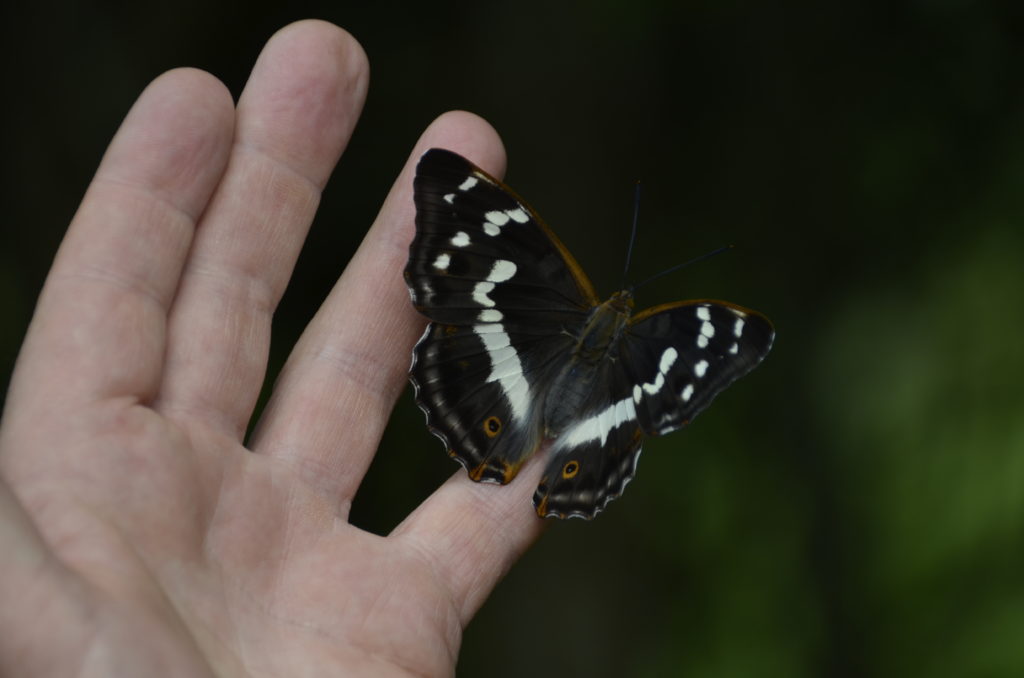
As the story of Knepp has developed, along with its learnings, Burrell and Tree are now among the leaders of the new rewilding movement taking place across Europe, and Knepp an important centre for it. Developments here are recorded and overseen by an impressive board of ecologists and conservationists and noted by scientists across the world.
When you read Wilding and learn more about Knepp, there is a feeling that keeps coming up again and again – hope. Since reading the book, I’ve been there a few times. My first visits were last autumn, from a wildlife point of a view a quiet time of the year – and yet the place hummed with a different quality. The scrub – it’s already hard to see where it was farmland – seemed peaceful and still.
Now arriving back on a late morning on an overcast April day, spring is in full progress. Within the first hour of walking along one of the many paths around the estate, through the shrub and bushes, the amount of birdsong and birds seen is remarkable. Cuckoos call as I arrive; there seem to be Whitethroats on every bush; Skylarks fill the air; the Turtle Doves are back, and even this late in the morning, Nightingales sing from deep in the scrub. Nature seems everywhere. And there, almost at the edge of my hearing, everywhere I walk, there’s a high-pitched hum – the sound of a universe of insects.
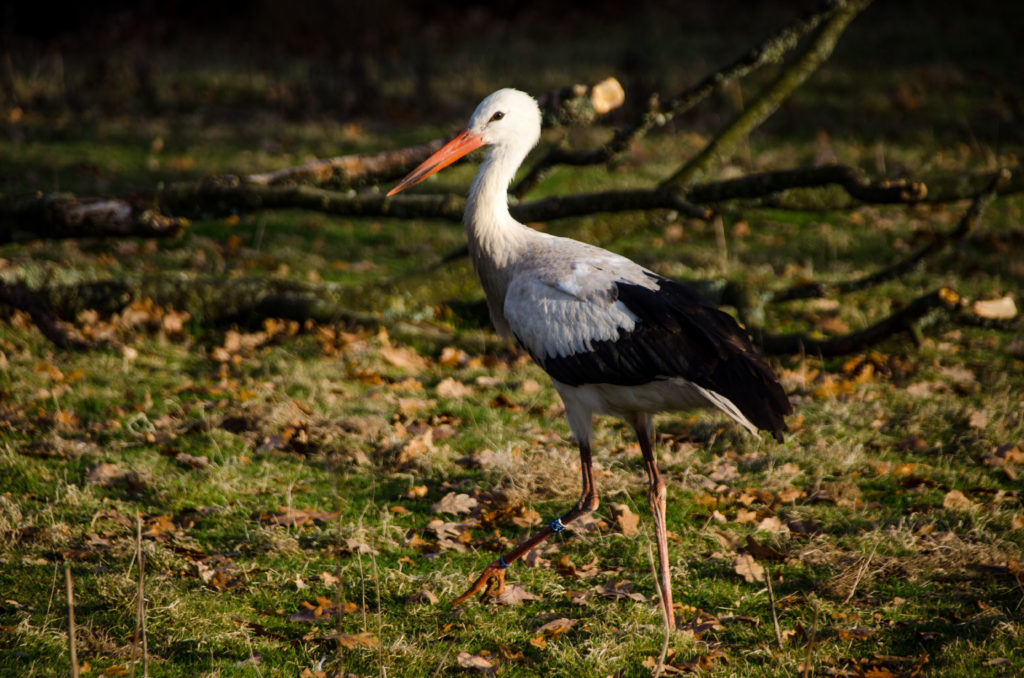
Being at Knepp makes me feel quite strange, because it’s reversed a feeling I’ve had about nature and wildlife in this country for many years. For most of that time it’s been about watching a barely managed decline as habitats are lost and species disappear. But this place makes me feel differently – that the loss we are seeing is not inevitable and with the right encouragement, nature can be persuaded to return.
*
Wilding by Isabella Tree is now available in paperback.
You can find more about the 2019 season Safaris and camping at Knepp here.
More on rewilding projects across the UK here.